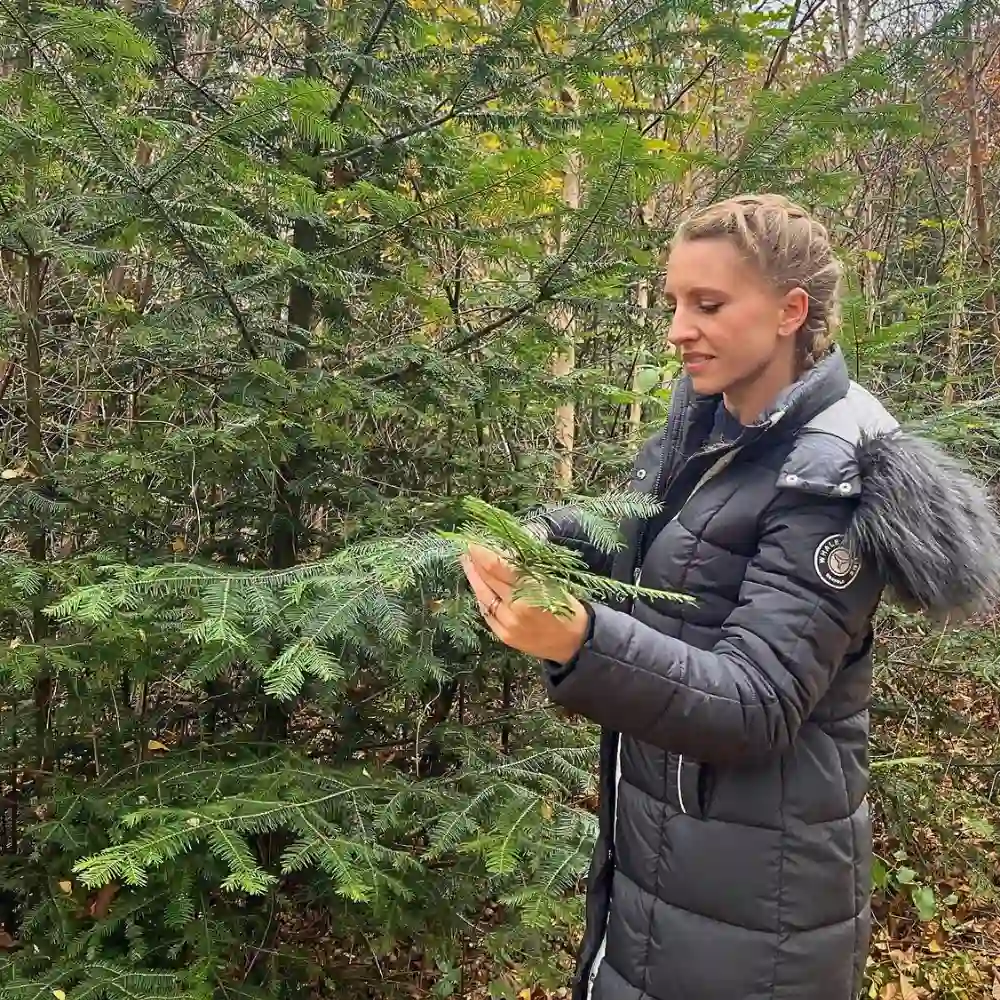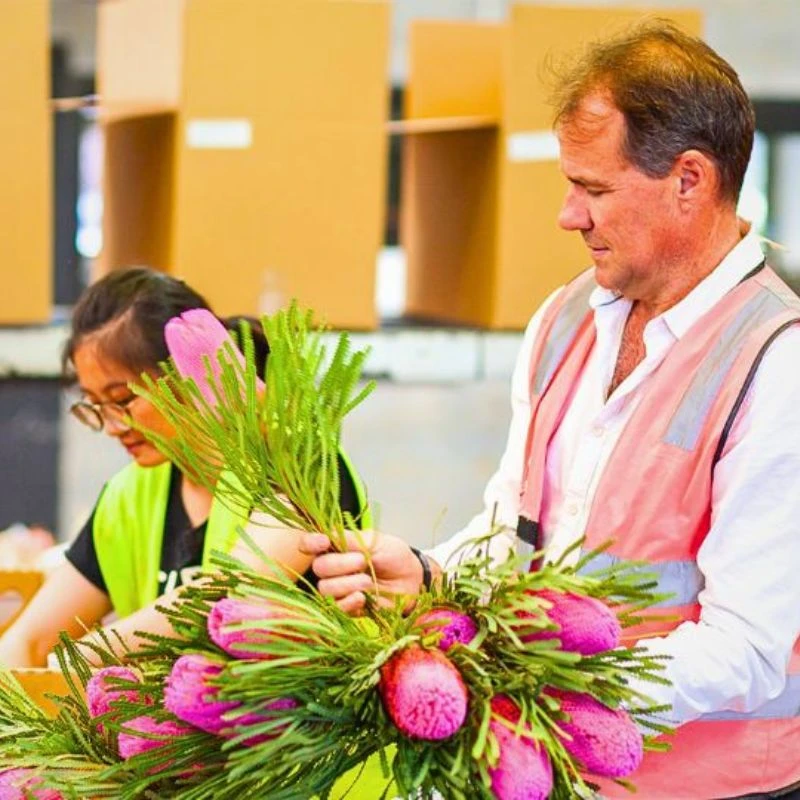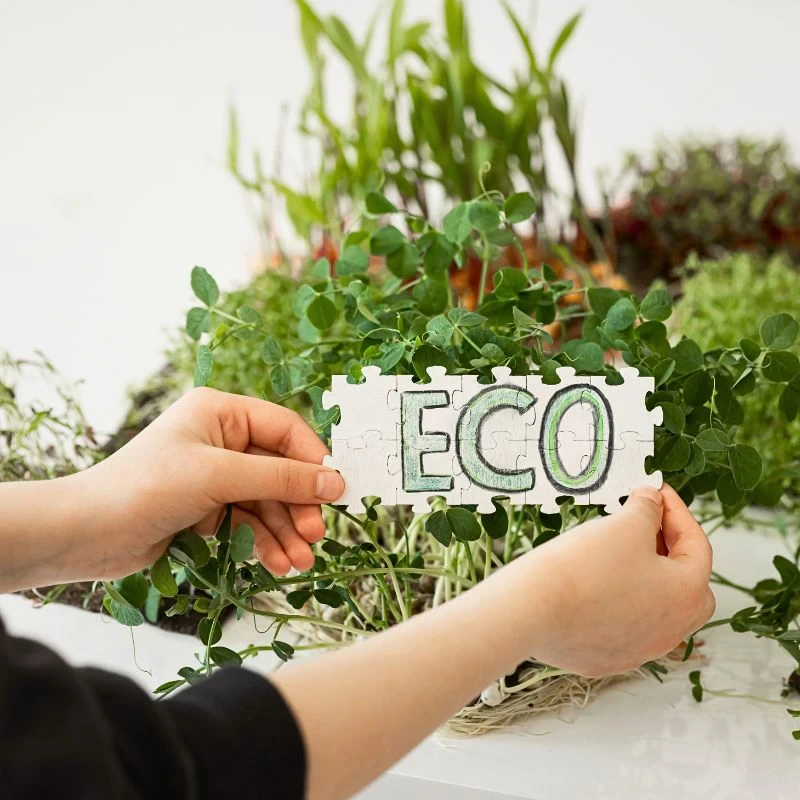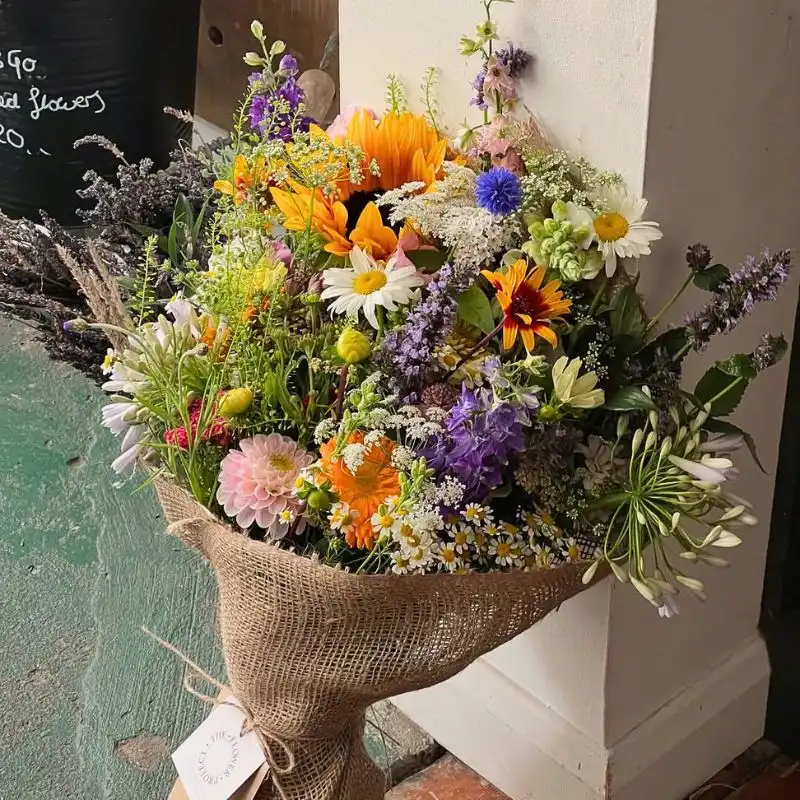There's something special about having your own little corner outdoors—a place where you can breathe easier, think clearer, and just be. Maybe it's a balcony where your morning coffee tastes better, or a garden where the only deadline is sunset. Whatever space you have, turning it into something both beautiful and kind to the planet is just as satisfying as it is easily conceivable.
Regardless of whether you're working with a small area or a generous backyard, creating an eco-conscious outdoor space doesn't mean sacrificing style or comfort. It requires simple, practical solutions; using local plants that thrive in your area, recycled materials, and effective water-smart practices.
Embracing Native Plants for Resilient Landscaping
Native plants and flowers are those species that have grown naturally in your region for generations and have adapted to your local soil, weather patterns, and even the bugs and birds around you. This makes them naturally tough and easy to care for.

Because they are already suited to your climate, these plants require less water than exotic varieties, they rarely need fertilizer, and can handle local pests without chemical interventions. That means less work for you and fewer resources used overall. Plus, when you plant these species, you create a mini ecosystem that supports local wildlife. Bees, birds, and butterflies depend on them for food and habitat.
Getting started is easier than you might think. Visit local botanical gardens or check regional plant guides to discover what grows well. Try mixing different types—groundcovers, shrubs, and flowering plants—to create layers of texture and color that change with the seasons. Some wonderful options include African violets, wild hibiscus, and Aloe Vera, depending on one’s location. These indigenous beauties thrive with minimal water and bring authentic local character to gardens and even balconies.
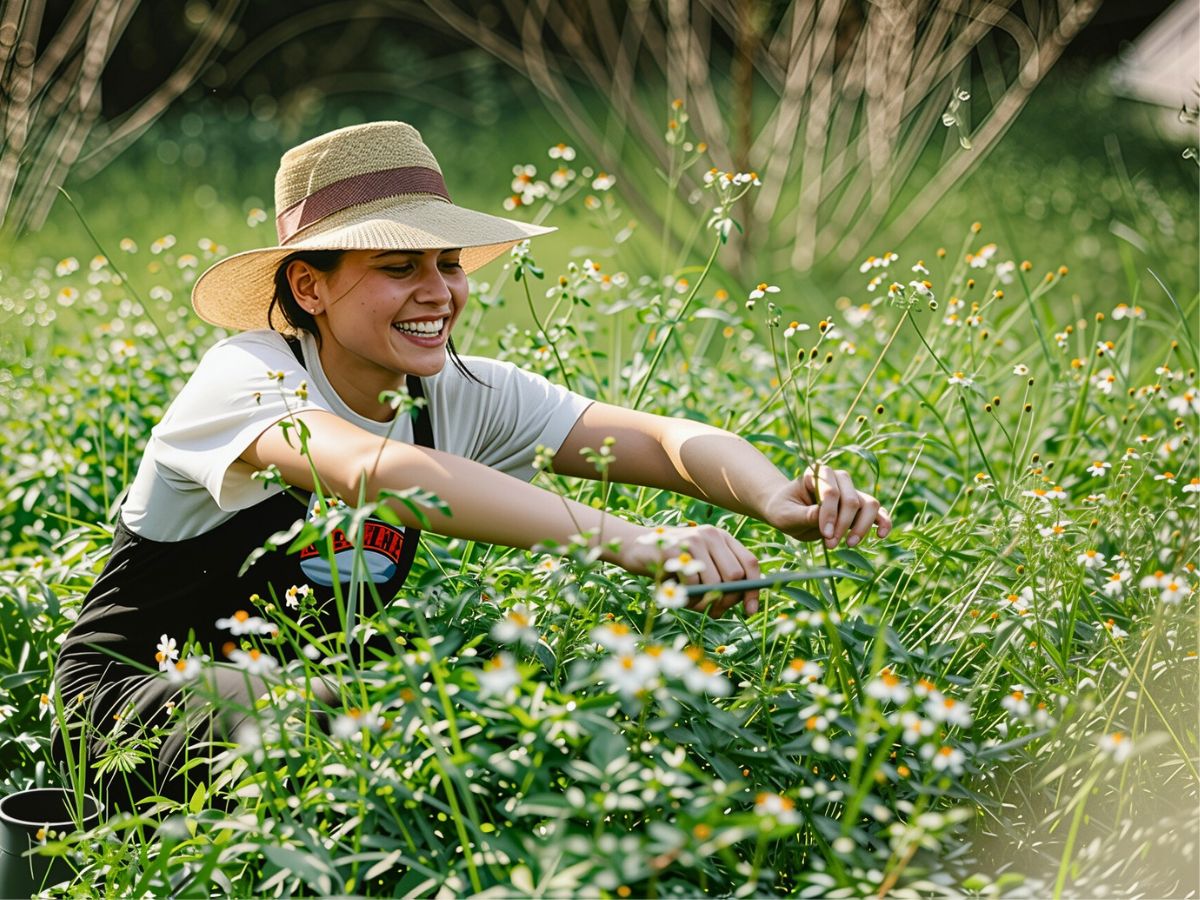
Repurposing Materials for Sustainable Style
Sustainability is not just about what you grow, but equally about what you build with. Every time you choose recycled or repurposed materials instead of buying new, you keep waste out of landfills and reduce the energy needed to manufacture and transport new products.
So, before heading to the store, take a fresh look at what you already have. Old wooden pallets can be used as rustic seating or vertical planters for herbs. Mismatched bricks make charming pathways. Even vintage buckets, wooden crates, or colorful tin cans can be made into planters with a bit of creativity.
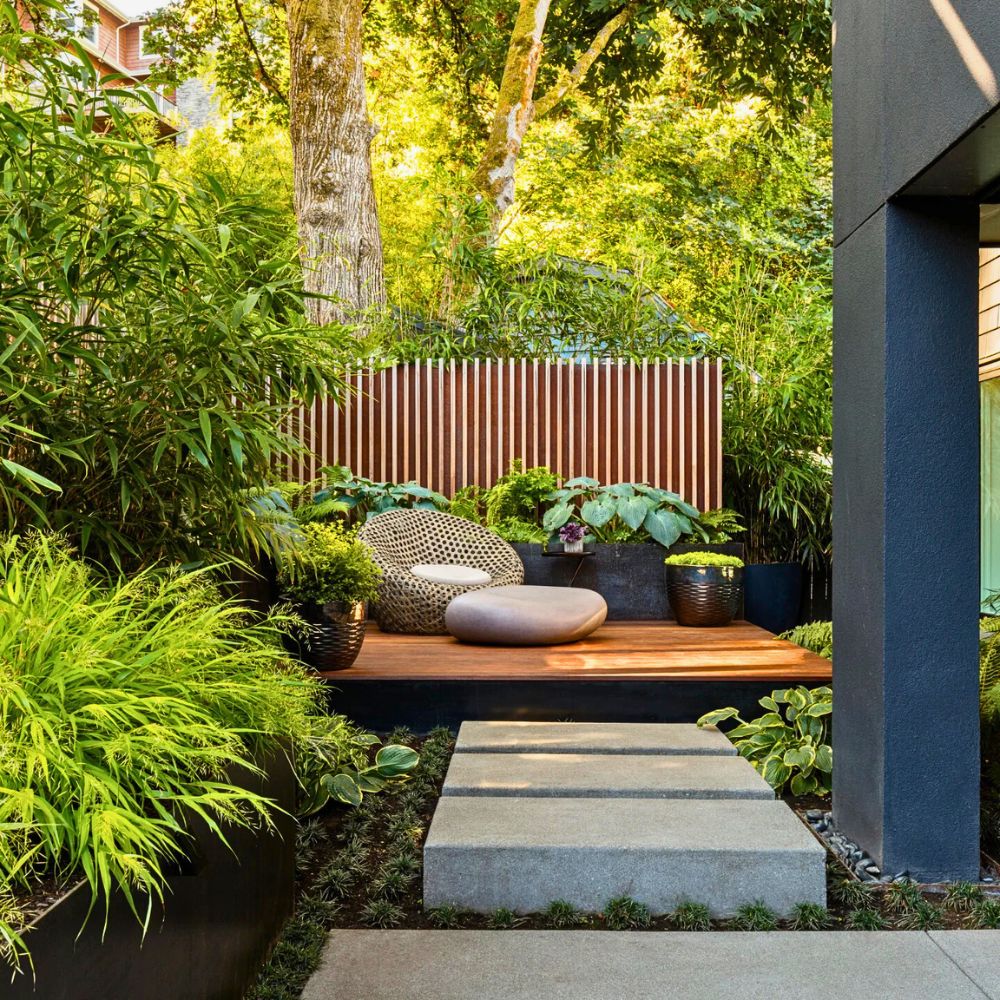
Reclaimed wood is particularly versatile. Use it to build raised garden beds, benches, or trellises. Old stones and bricks carry history in their weathered surfaces; thus, they add character irreplaceable by new materials.
When you do need to purchase materials, look for local suppliers first to cut down on transportation costs. If shopping for new items, seek out ecologically sourced materials, fast-growing bamboo, or products made from recycled composites. Mixing textures—wood's warmth, stone's solidity, and metal's sleekness—creates visual interest and makes spaces feel more intentional.

Conserving Water With Smart Approaches
Water conservation is about working smarter, not harder. Drip irrigation systems deliver water directly to plant roots through small tubes, wasting very little and eliminating evaporation. They can be set on timers for effortless watering.
Rainwater harvesting makes perfect sense as well. Rain barrels or tanks collect free water from your roof, providing a sustainable source that reduces reliance on municipal supplies. In areas with distinct rainy seasons, this collected water can carry you through drier months. Mulching also offers many benefits. Spread organic materials like wood chips, dried leaves, or straw around your plants, and they keep the soil moist, suppress weeds, and gradually break down to improve soil quality.
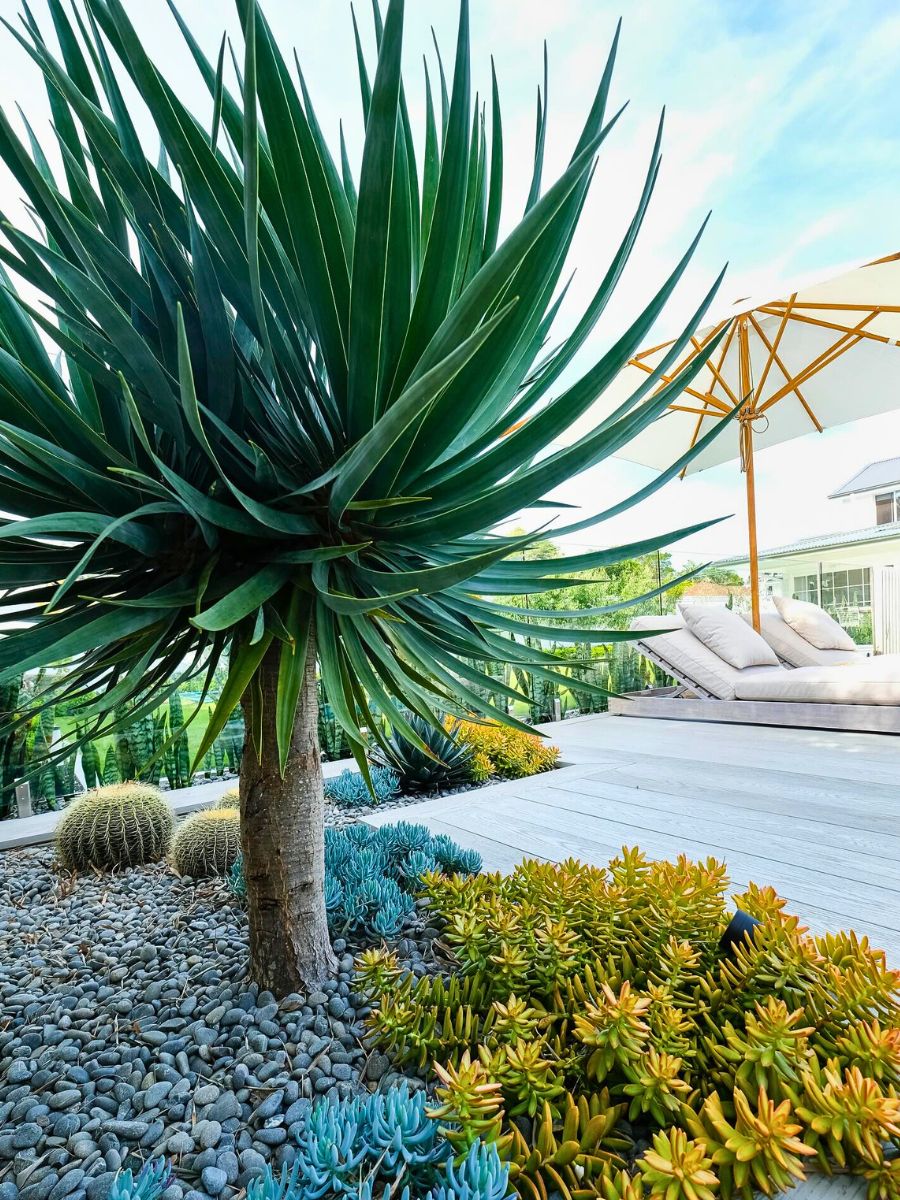
Also, think strategically about plant placement. Group plants with similar water needs together and position thirsty plants in shadier spots. Trees and pergolas create shade that naturally reduces evaporation. If you have a lawn, consider alternatives like native groundcovers, creeping thyme, or clover, which need a fraction of the water grass requires. Water the plants early in the morning or late in the evening when temperatures are cooler to minimize evaporation and help them absorb moisture more effectively.
Designing for Comfort and Connection
An outdoor space should feel good to be in. Natural shade from trees, bamboo screens, or vine-covered pergolas makes spaces usable even during hot afternoons while establishing privacy.

Solar-powered lighting has come a long way; some charge during the day and illuminate at night without touching your electricity bill. Use it too. When choosing furniture, look for pieces made from recycled material, FSC-certified wood, or bamboo, which grows quickly enough to be essentially renewable.
Consider adding wellness features that make your outdoor area restorative. An aromatherapy garden filled with lavender, rosemary, and mint fills the air with calming scents while providing fresh herbs. A small water feature or wind chimes adds soothing sounds that help you decompress.

Also, create a dedicated zone for quiet activities—a corner with a comfortable chair for reading, a mat for yoga, or cushions for sitting. Even a tiny balcony can be a green retreat with hanging plants at different heights, a small hammock chair, and soft lighting.
Supporting Wildlife and Reducing Waste
Sustainable outdoor spaces welcome wildlife and minimize waste. Choose plants that feed pollinators, including sunflowers, marigolds, and salvia, which provide nectar for bees and butterflies. Bird baths and feeders attract feathered visitors, while bug hotels offer shelter for beneficial insects like ladybugs and solitary bees.
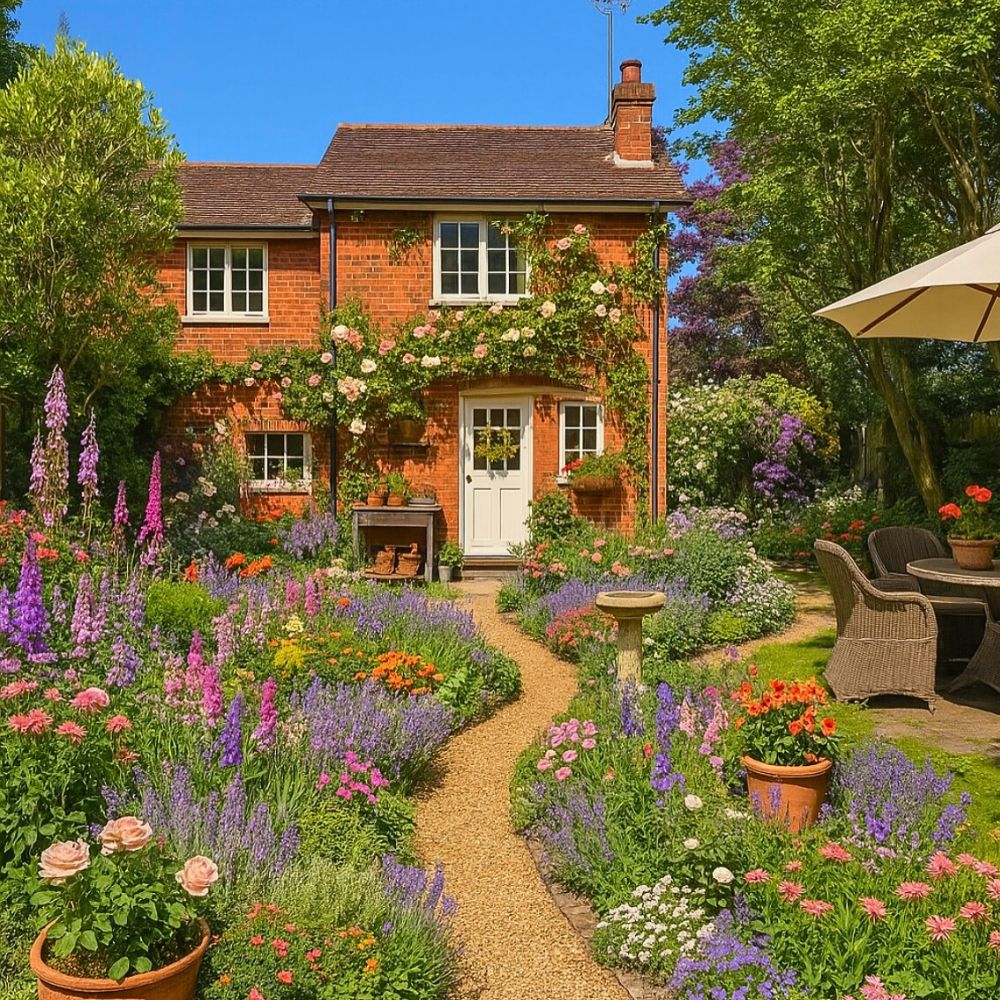
Composting might be the most satisfying form of recycling. Kitchen scraps, fallen leaves, grass clippings, and pruned branches can be rich compost that feeds soil better than any store-bought fertilizer. It completes a natural cycle right in your backyard and reduces landfill waste.
Avoid single-use plastics in your outdoor space. Skip disposable plant pots in favor of ceramic, terracotta, or repurposed containers. Choose quality items built to last instead of cheap replacements. Sometimes the simplest additions work best. A pile of logs provides shelter for frogs and lizards that eat garden pests. A stack of stones creates hiding spots for beetles. All these make your space a thriving ecosystem.
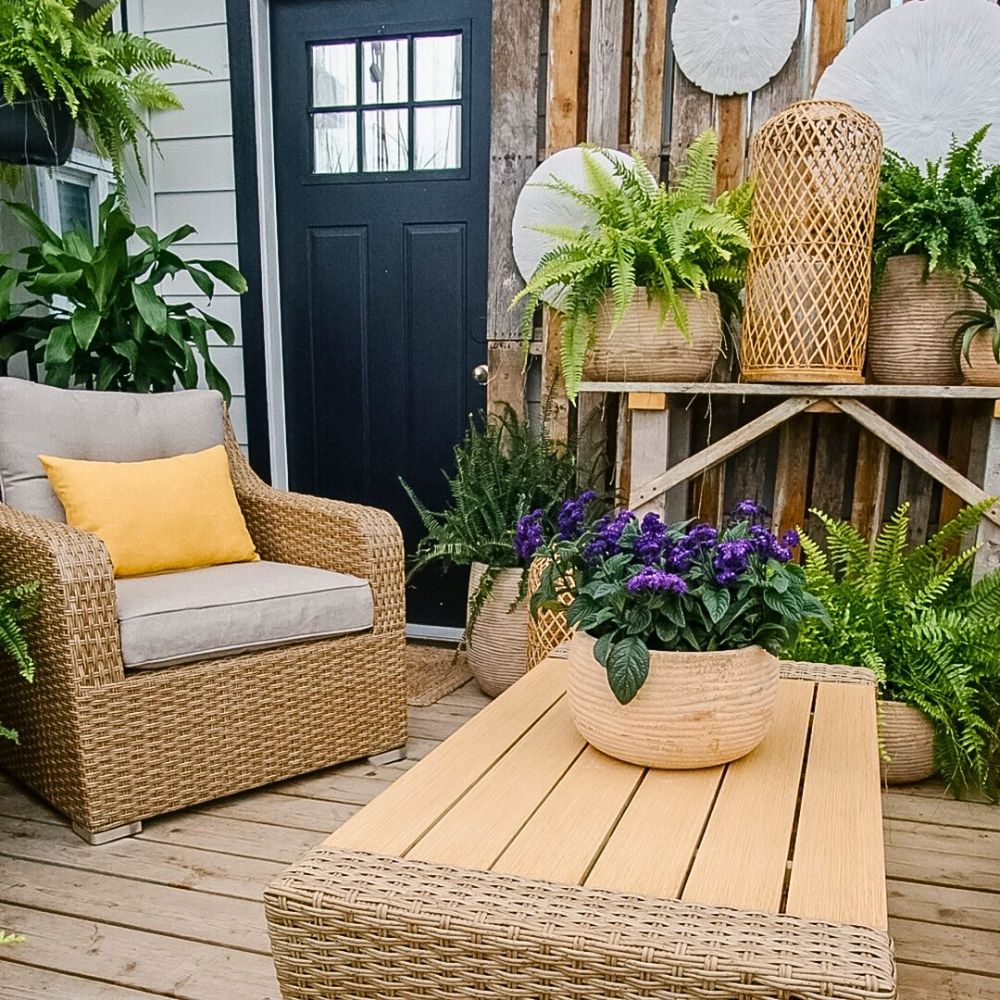
Essentially, creating a sustainable outdoor space is about changing one’s perception and relationship with the space around you. These simple practices mean more than just decorating. Be it a balcony where herbs grow in painted tin cans or patios shaded by indigenous plants, these spaces speak of introspection, creativity, and connection to nature.
Feature image by @mygeranium. Header image by Anna Shvets



